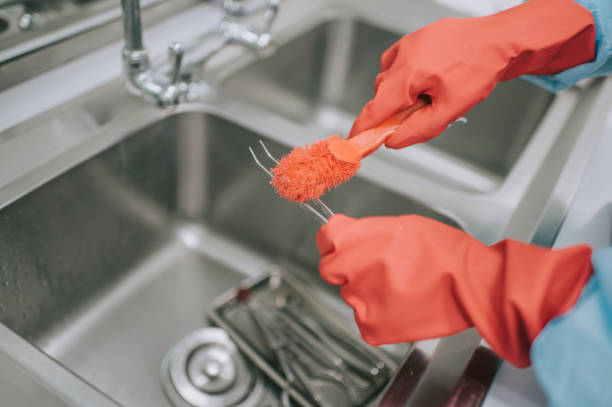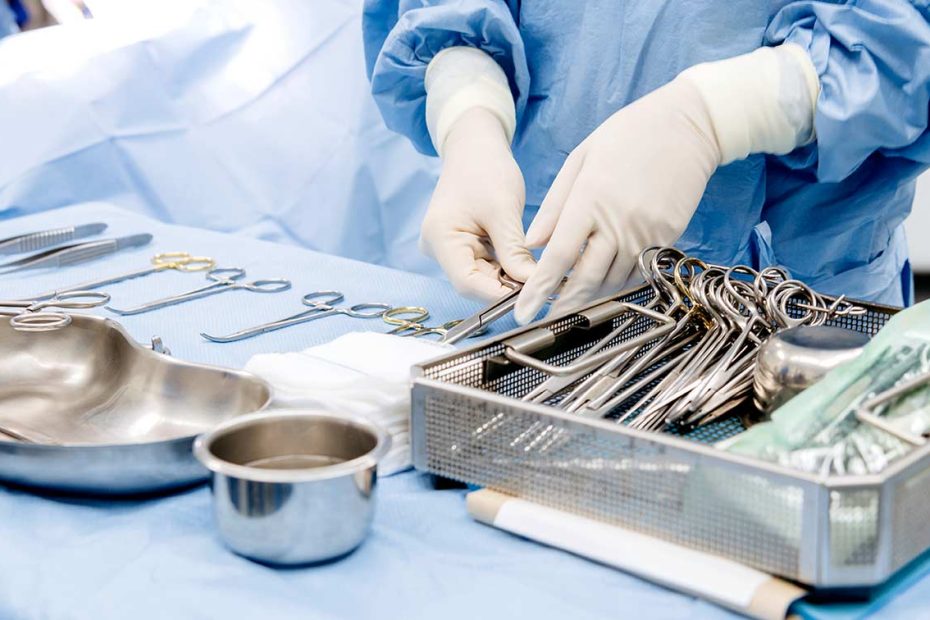Depending on your studies, surgery might be part of your training in your period of medical housemanship Malaysia. Since you will be using your surgical tools all the time in every procedure, it is crucial that they are cleaned afterwards to ward off risks of infection.
Your tools will be stained by various residues or fluids including blood, bone, tissue, and dirt. Bacteria, microorganisms or chemicals will also take residence on the metallic surfaces of your tools and for the sake of preventing infections, they must be permanently evacuated from the premises.
Pre cleaning
The first step of cleaning your tools is to use an instrument transport gel, like Pre-Klenz or Point of Use Preprocessing Gel. Usually deployed by spraying, this gel’s job is to prepare your tools for cleaning by preventing the drying of bioburden and loosen soils. If the former occurs on your tools, you will have to spend more time on manually cleaning them in the sink.
Manual cleaning

Now you can take your gel-riddled tools to a special sink. Manual cleaning is done on all tools, and it is also a preference for delicate or complex devices, which you have to disassemble so you can clean every part and surface according to official instructions.
The sink that you will use is a three bay configuration. In the first bay, your tools will be rinsed with cold water to wash off any blood or products stained on the surfaces.
In the second bay, pre-soaked in an enzymatic or neutral detergent solution, the tools are manually cleaned with a brush. You should do this below the water line to prevent exposures of germs. The detergent used for the solution must also be low foam so you can still clearly see the instruments under the water.
In the third bay, the tools are rinsed again. Depending on the manufacturer’s instructions, rinsing must be done under certain conditions, such as the controlled levels of water pressure and chloride.
Automated cleaning and disinfection
After manually cleaning your tools, you will move them to ultrasonic cleaning, which will clean hard-to-reach areas like crevices, hinges and lumens. Although ultrasonic cleaning reduces the time needed to clean complex instruments and remove residual soil, not every tool is suitable for this.
Ultrasonic cleaning devices rely on high frequency sonic waves that spawns tiny bubbles that eventually implode on the tools’ surfaces to remove the soils. After the devices have done their work, the tools must be rinsed under deionized or softened water.
After this procedure, the tools will be disinfected automatically with disinfectors, the efficiency depending on the temperature, chemistry, time and impingement.
The disinfector’s cycle must neither be too short nor too long, otherwise cleaning will be incomplete and inefficient respectively. The temperature varies based on the cleaning chemistry used and validated pre-programme cycle.
Meanwhile, the recommended chemistry also depends on the manufacturer, so follow their instructions. Water quality and chemistry concentration are other factors to consider when using a cleaning chemistry. Finally, impingement refers to the mechanical force of the disinfector’s spray arms. More force means high water pressure, and low force equals more aggressive cleaning chemistry.
